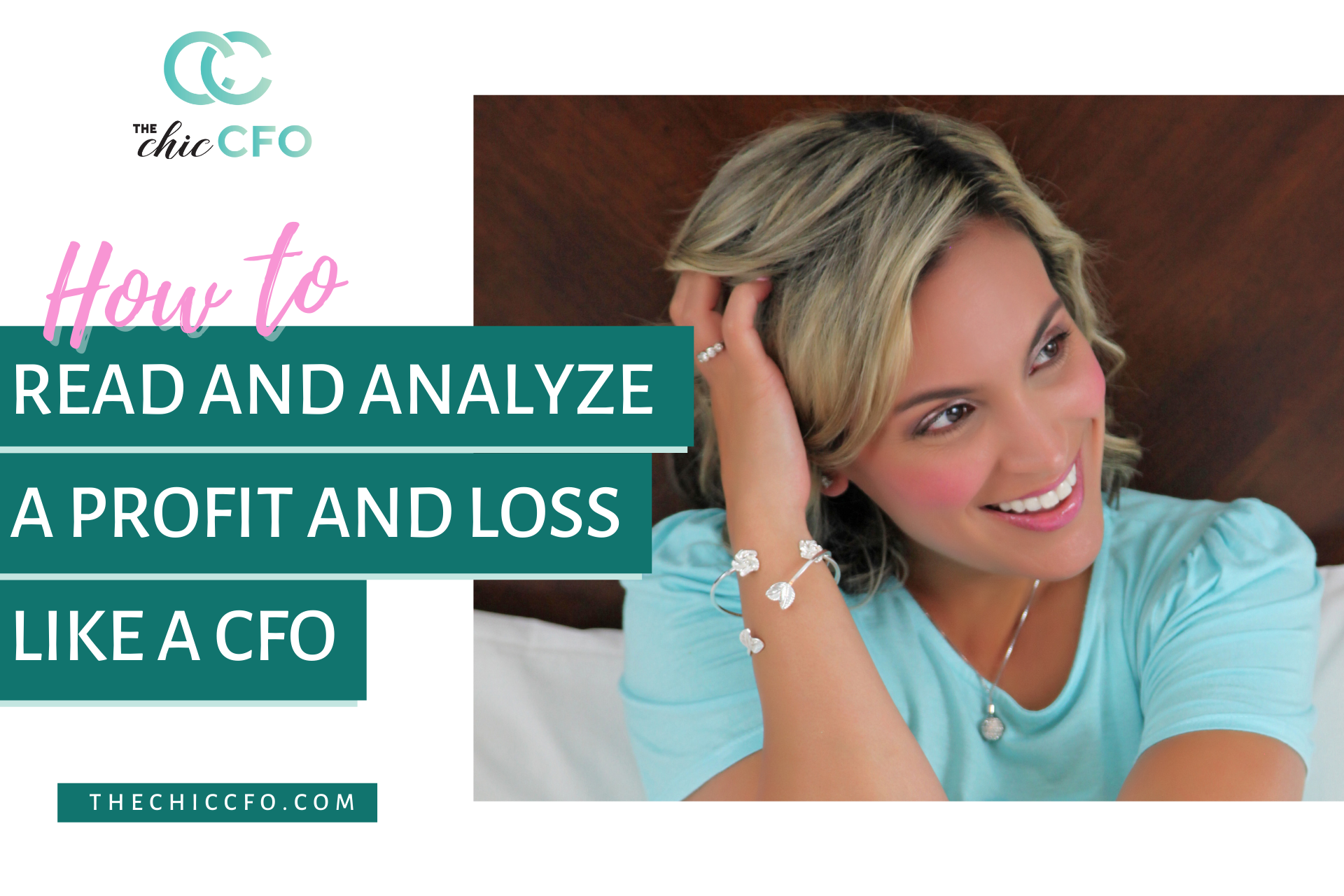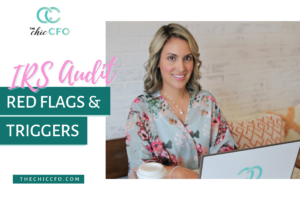How to Read and Analyze your Profit and Loss Statement
This is one of the key things you need to grasp to run a successful business. Once you’ve finished reading this blog post, I want you to walk away with clear knowledge of:
- How profit and loss works
- What you can learn from it
- Why it’s so important to your business success
This is actually the first in a series of training sessions I’m hosting. Make sure to subscribe to my YouTube channel to get access to them all!
What exactly IS a Profit and Loss statement?
Sometimes known as a P&L, a profit and loss statement is a summary of your company’s revenue and expenses over a period of time.
It provides a snapshot of what happened financially in your business over those dates. And it’s so important to analyze, because if you don’t know what’s happening in your bank account, you don’t know what’s happening in your business!
You can set the dates you want to review, and commonly a P&L is analyzed weekly, monthly, quarterly and annually.
I want to walk you through how to read and analyze a real-life P&L report, which you can access through QuickBooks Online’s demo account for free.
*A profit and loss report uses a simple formula:
total revenue – total business expenses = profit (or, in some cases, loss).*
Your profit and loss statement will tell you the story of your company’s profitability, and if you’re not using this information to make business decisions, you’re likely making the wrong decisions…
Reviewing your Profit and Loss statements
The absolute minimum you should be reviewing your P&L is monthly, but ideally you should look at them every week.
Your P&L statement is going to show you your total income, total expenses and resulting profit. It’s going to allow you to ask questions, such as
- Did I have a positive profit?
- Did I have a loss?
- WHY?
That last question is the most important. If you want to run a successful, sustainable business, you need to know what’s going on.
Read the data. Why did you have such a big profit – was there a missed bill? Did you have a great marketing campaign? Did a client pay 6 months upfront?
On the flip side, if you made a loss you need to know what is going on…
My life was changed by a Profit and Loss report
Without wanting to sound melodramatic, it really was. I used to own a quick service restaurant franchise, and I was bleeding money. I had no idea why, I just knew it wasn’t good.
I had no type of bookkeeping system in place at the time, so I sat myself down and taught myself how to complete a P&L statement.
When I looked through those reports, the answers to why I had no money jumped straight off the page. I was spending WAY too much on food and payroll – well above industry standard, in fact.
Having that P&L report allowed me to go straight in and make necessary changes. Suddenly, I had a profitable business – without having to hustle and bring in any more income!
Reading and analyzing your Profit and Loss report
If you want to see me walk through the following information then make sure to watch my live training video on YouTube. Otherwise, get yourself into the QuickBooks Online demo account (or your own P&L statement) and let’s go!
A P&L report is broken into different sections. The first section is income – that’s simply all of your business’s revenue in that time period.
The next section is your cost of goods sold. This is a specific expense that relates only to the cost of things necessary to deliver your product or service.
With my old restaurant business, that was the food I bought in, the wrappings and bags I used to get food out the door. Now I run a bookkeeping firm, my cost of goods sold is my QBO subscriptions I’m managing for my clients, and labor costs for the bookkeepers who work with me.
When deciding if an expense is a cost of goods sold, ask yourself “Is this expense a necessity to actually deliver the service or product my business offers?”
After that, you have operational business expenses – the things that don’t directly relate to delivering your service or product. If you run a Facebook Ads campaign, that’s an expense of course. But it’s not essential to getting your goods out the door. It’s an operational expense.
Then you’ll see your net income – this is your take-home PROFIT!
Gross Profit is How you Run your Company
You also have a section called gross profit – that is just your revenue minus your cost of goods expenses. This amount is all the money you have to cover all the remaining expenses (and your pay!)
As an example, if you sell a product for $50, and it cost you $10 to make, that leftover $40 is your gross profit, and your operational expenses cannot exceed that amount. Otherwise, you’ll be running at a loss.
If you see that your gross profit is really low, it might mean your cost of goods is too high. This might lead to you changing suppliers or service providers for a lower cost option. It might mean raising your prices…
All the answers you need are in your P&L statement
You can look at all the information provided in your report and see where the holes are that need plugging. Or what’s going brilliantly that you can duplicate to keep bringing in a profit.
If you feel like you’ve never got any money in your bank account – find out why! If you’ve had a really profitable few months – see what caused it; is it something you can replicate time and again?
Understanding how to read a Profit and Loss statement (along with the other financial statements I’ll be covering in the coming weeks) is key to a successful business.
It’s not a lack of money keeping you broke – it’s a lack of financial education!
If you’re completely new to this, or you just want some help, please reach out to me in my Instagram DMs and let me answer your queries.
And don’t forget to subscribe to my YouTube channel so you don’t miss a moment of my upcoming Financial Report training series!






